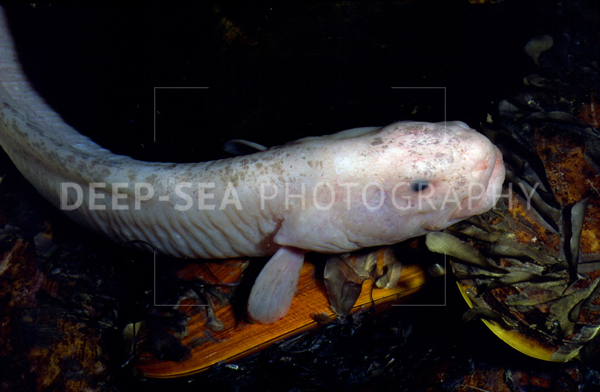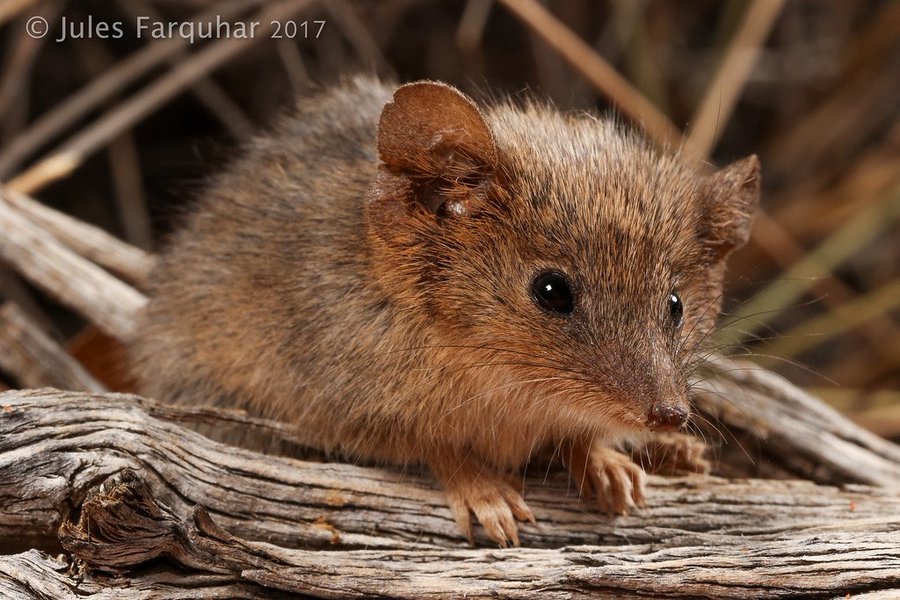
NEXT UP: #8 seed PINK VENT FISH (Thermarces cerberus) vs #9 seed LATHE ACTEON SNAIL (Acteon tornatilis) #2021MMM 



Pink Vent Fish is a predator associated w/ deep sea hydrothermal vents fed by volcanos in the Eastern Pacific Ocean, hence our combatant is named in honor of Cerberus, the 3-headed hound in Greek mythology who guards the entrance to the underworld alongside Hades #2021MMM 



Pink Vent Fish feed on vent snails, limpets, and the amphipod crustaceans (Micheli et al 2002) #WatchOutSnailTheyllChewYouUp #2021MMM 

Lathe Aceteon Snail belongs to a group called Bubble Snails (Acteonoidea). It is also a predator that eats mostly worms in the intertidal zones of the North Atlantic. #ActualLivingScientist @algaebarnacle is a marine ecologist who studies intertidal zones & other systems #2021MMM 



The Lathe Aceteon Snail doesn't eat just any ol' worm, it prefers to drill holes into the protective sheath built by Owenia tubeworms & suck their guts out. Though a voracious carnivore, it doesn't seem to display any apparent defenses (Yonow 1989) #2021MMM 

Actaeon was a priestly herdsman in Greek mythology, transformed into a stag by Artemis for spying on her, then hunted & killed by his own pack of hunting dogs who did not recognize him in his ungulate form #2021MMM 

Tonight's battle takes place in the East Pacific Rise, the location of a 2003 deep sea expedition led by @FieldMuseum curator Janet Voight, where she collected several Pink Vent Fish @VertNetOrg #CollectionsAreEssential fieldmuseum.org/about/staff/pr… #2021MMM 

We descend to the scene of the battle via Jason, a remotely operated vehicle (ROV) equipped w/ sonars, video and still imaging systems, lighting, and numerous sampling systems. Robotic arms place specimens in the vehicle’s basket or on platforms #2021MMM whoi.edu/what-we-do/exp… 

There are 4 habitat zones around hydrothermal vents, the tubeworm or vestimentiferan zone closest to the vents, the clam or bivalve zone, the suspension-feeder zone, & furthest away, the periphery zone. Pink Vent Fish hang out in the Vestimentiferan (Micheli et al 2002) #2021MMM
The East Pacific Rise is quite different from the habitat Lathe Acteon Snail is accustomed to - the under water pressure is much heavier, the oxygen drawn in through its gills feels much richer, and tubeworms are EVERYWHERE. (Mullineaux et al 2018) #2021MMM 

The Lathe Aceteon Snail slides along the ocean floor toward the tubeworms, looking forward to a tasty meal. #2021MMM
As it moves closer the oxygen saturation decreases & the hydrogen sulfide saturation increases (Childress 1995). The Lathe Aceteon Snail is not well adapted to this environment & attempts to retreat back to the bivalve zone, turning to the right #2021MMM
The Pink Vent Fish is scanning among the tubeworms & takes notice of the snail going in a circle. Specifically, in a right hand circle. Why? #2021MMM 

Because the Lathe Acteon Snail has behavioral adaptations to keep it from washing out to sea or going too far upshore! By almost always turning right, it stays in the intertidal zone & within reach of it's main food resources (Yonow 1989) #2021MMM 

Pink Vent Fish sizes up the snail, calculates distance & speed, & STRIKES! #2021MMM
PINK VENT FISH GULPS LATHE ACTEON SNAIL!!!!! #2021MMM
• • •
Missing some Tweet in this thread? You can try to
force a refresh


























